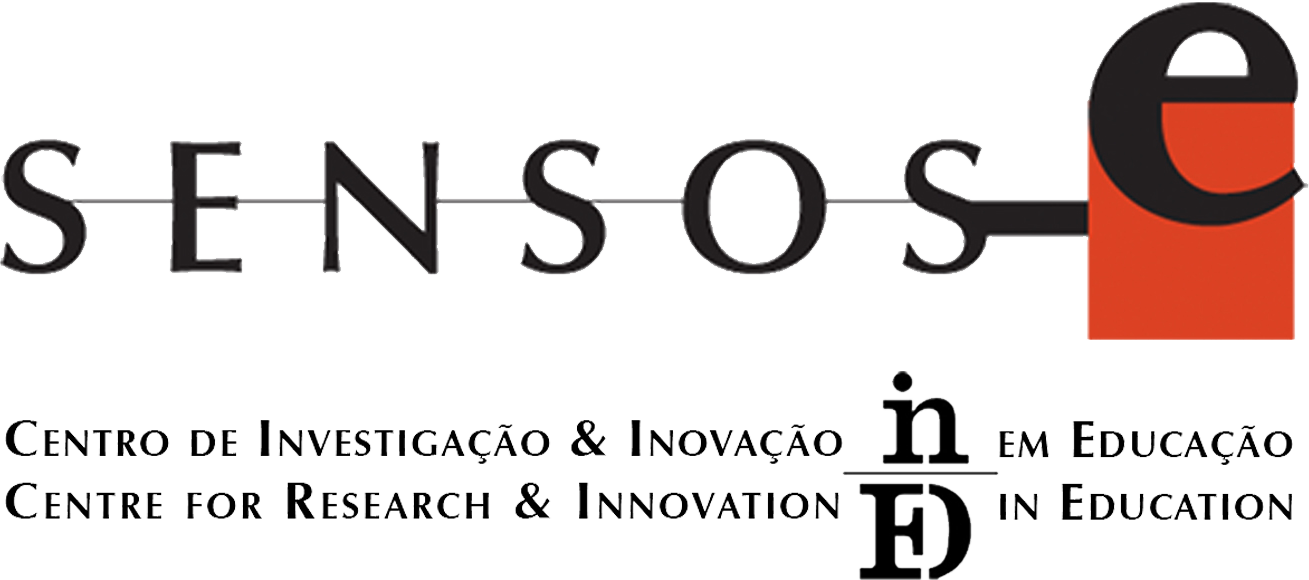Braille Musicography in Brazil: teaching the blind at Tatuí Conservatory
DOI:
https://doi.org/10.34630/sensose.v7i2.3536Keywords:
Braille musicography, Visual impairment, Musical Education, Inclusion, Music ConservatoryAbstract
After International Conferences, the publication of the New International Manual of Music was consolidated. The translation of this Manual into the Portuguese Language was authorized to the Ministry of Education in 2004 to disseminate musical publications and contribute to the inclusion of the blind person in music studies. According to the Cultural Historical Approach we used the case study as a methodology to reflect on the implementation and development of the Braille Musicography Course at the “Dr. Carlos de Campos” in the Tatuí city, São Paulo State, Brazil and its contribution to the development and constitution of the subjectivity of students blind and seer who stududy the musicographic system. Music is the product of internalized cultural experiences and the Vigotski propositions indicate that the constitution of the blind person happens through alternative ways by reorganizations that enable the directed and organized socialization of culture. The Musicography Course, annually trains instrumentalist students and future teachers, promoting a cultural and professional inclusion of graduates in several parts of activity. There are limited researches on Braille Musicography and there is a need to focus on this theme, describing and analysing experiences, such as the Tatuí Musical Conservatory.
Downloads
Published
How to Cite
Issue
Section
License
Copyright (c) 2020 Karla Cremonez Gambarotto Vieira, Anna Maria Lunardi Padilha

This work is licensed under a Creative Commons Attribution-NonCommercial-ShareAlike 4.0 International License.



